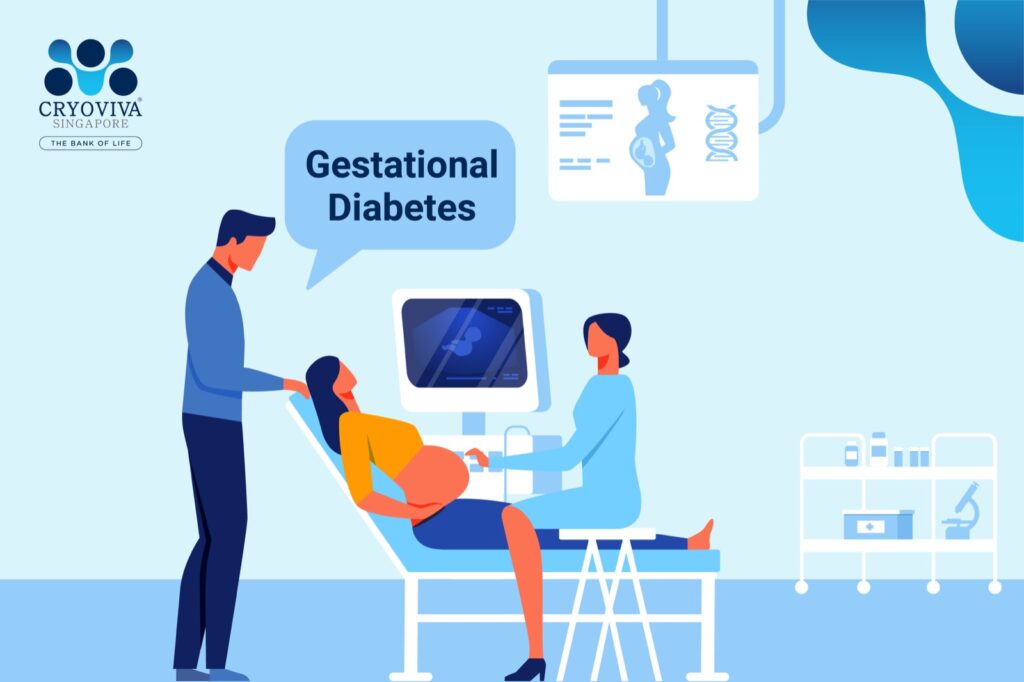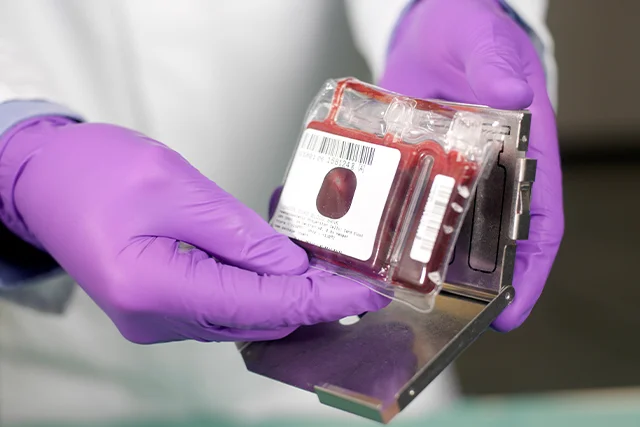Gestational diabetes has been in the news frequently in recent times, with several reports pointing to the short and long-term implications of this condition. It is important for women undergoing pregnancy to be aware of gestational diabetes, its likely causes and effects, and potential preventative and curative options. In the first of this two-part series on the topic, let us highlight the extent of the problem and why it is important for pregnant women to take the issue of gestational diabetes seriously.
As the name suggests, gestational diabetes is a type of diabetes that develops in many pregnant women in the middle to latter stages of their pregnancy (generally, around the 24th– 28th week of pregnancy). Technically, it is the ‘onset or first diagnosis of high blood glucose concentrations during pregnancy’. The high blood glucose concentration during pregnancy can affect both the pregnancy as well as the baby’s health.
According to the International Diabetes Federation, gestational diabetes currently affects 1 in 6 births globally. In Singapore, this figure is apparently higher with nearly one in five pregnant women reportedly being affected. In most cases, these women recover and get back to normal post-pregnancy, though the problem may persist for some.
While the causes of gestational diabetes are not exactly known, there is some correlation between pre-pregnancy obesity as well as a family history of diabetes.
The state of gestational diabetes in Singapore
As mentioned above, it is a matter of concern that the prevalence of gestational diabetes in Singapore is higher than the global average.
This implies that pregnant women in Singapore may be at a higher risk of developing high blood pressure during pregnancy, experiencing preterm labour, maternal complications and developing Type 2 diabetes mellitus (T2DM) in their lifetime.
Currently, Singapore adopts ‘high-risk screening’ i.e. screening of pregnant women who are known to be at high risk of gestational diabetes, rather than universal screening. However, a birth-cohort study like the “Growing Up in Singapore Towards Healthy Outcomes seems to indicate that universal screening not only helps diagnose more cases of gestational diabetes but also tends to be more cost-effective in reducing maternal and foetal complications due to gestational diabetes.
The consequences of ignoring gestational diabetes
Both mother and baby can be adversely affected by the elevated blood glucose levels caused by gestational diabetes.
Let’s look at the common risks for the baby if gestational diabetes is not controlled.
- Excessive birth weight: The higher-than-normal blood sugar in mothers may result in babies growing to be larger than normal. This may result in problems during delivery or the need for a C-section birth.
- Early (pre-term birth): There is a greater risk of early labour and delivery before due date, which pose their own risks.
- Breathing difficulties: Babies born early to mothers with gestational diabetes may experience respiratory distress syndrome — a condition that makes breathing difficult.
- Low blood sugar (hypoglycemia):Sometimes babies of mothers with gestational diabetes have low blood sugar (hypoglycemia) shortly after birth. Severe episodes of hypoglycemia may cause seizures in the baby.
- Obesity and Type 2 diabetes later in life:Babies of mothers who have gestational diabetes have a higher risk of developing obesity and type 2 diabetes later in life.
- Fatality: Untreated gestational diabetes can result in a baby’s death either before or shortly after birth.
Here are the common risks for the would-be mothers with gestational diabetes.
- High blood pressure and preeclampsia.Gestational diabetes raises a pregnant woman’s risk of high blood pressure and preeclampsia that could threaten other organ systems.
- Having a surgical delivery (C-section): As explained above, the likelihood of a larger-than-normal size of a baby increases the need to go for a surgical delivery.
- Future diabetes:If a woman has gestational diabetes, she is more likely to get it again during a future pregnancy. Moreover, she will be at a higher risk of type 2 diabetes as she gets older.
Do check out the second part of this series to find out the steps that pregnant women can take to prevent and overcome gestational diabetes.
References :
- Wearable technology in combination with diabetes
- Gestational Diabetes
- Barriers to Gestational Diabetes Management and Preferred Interventions for Women With Gestational Diabetes in Singapore: Mixed Methods Study
- Gestational Diabetes and Pregnancy
- Women’s Experiences of a Diagnosis of Gestational Diabetes Mellitus
- Gestational Diabetes Symptoms & Causes
- Gestational Diabetes Screening Programme Yields Health Benefits for Pregnant Women
- Keeping Gestational Diabetes in Check
Interested in finding out more about cord blood banking in Singapore? Contact us now through the form on this page or WhatsApp us on +65- 83398482 and let our customer service consultants address your queries.
More articles on Pregnancy & Maternity Tips:






